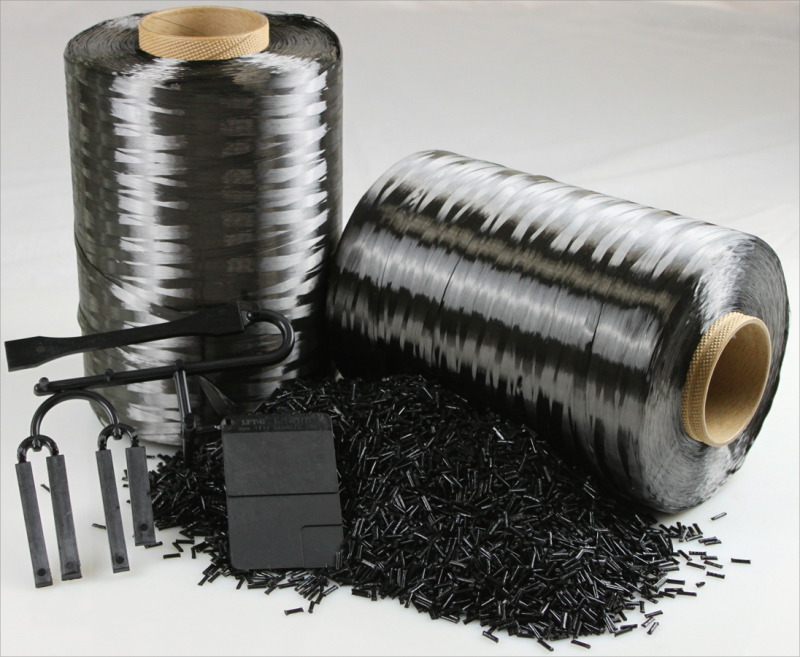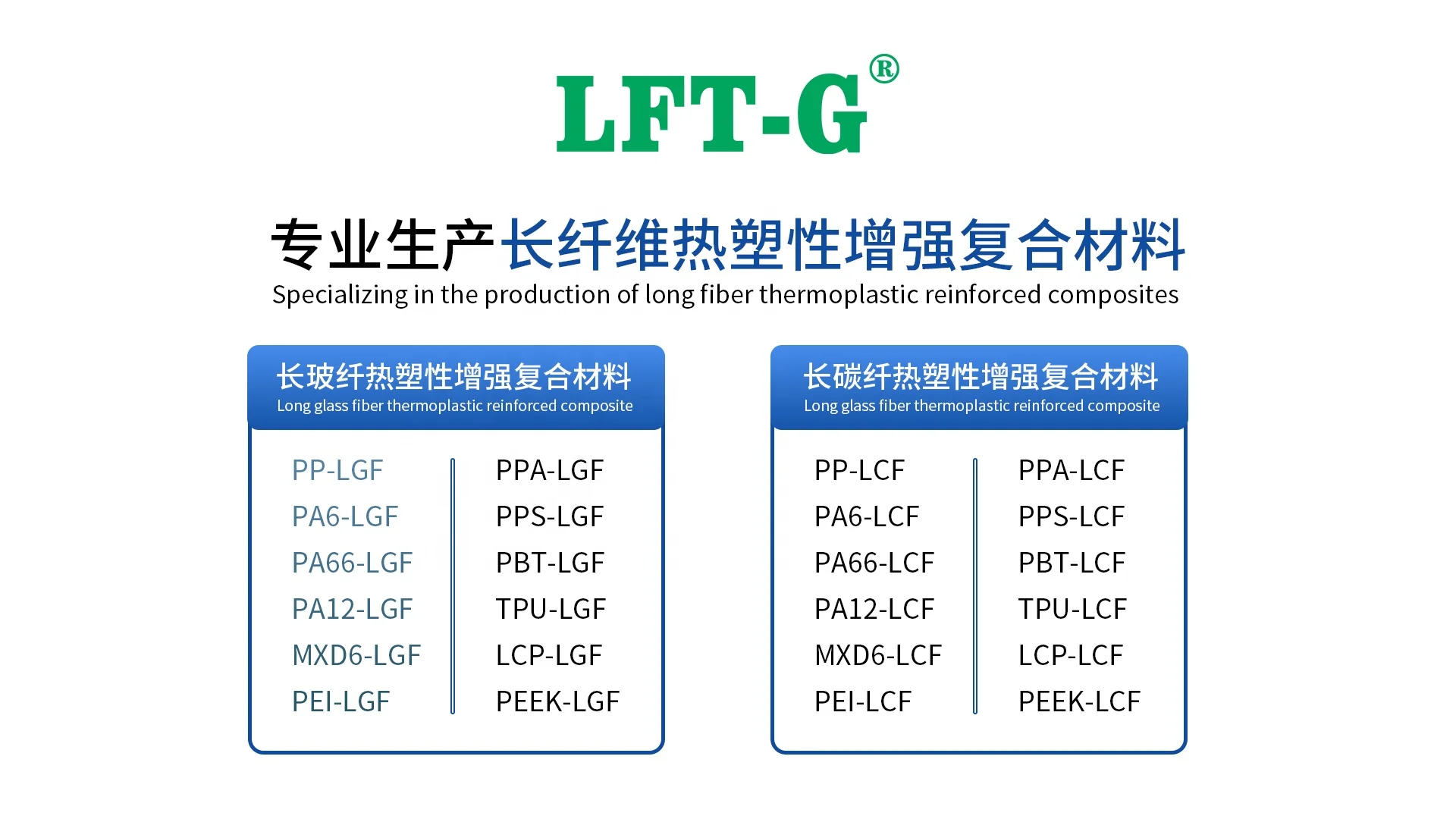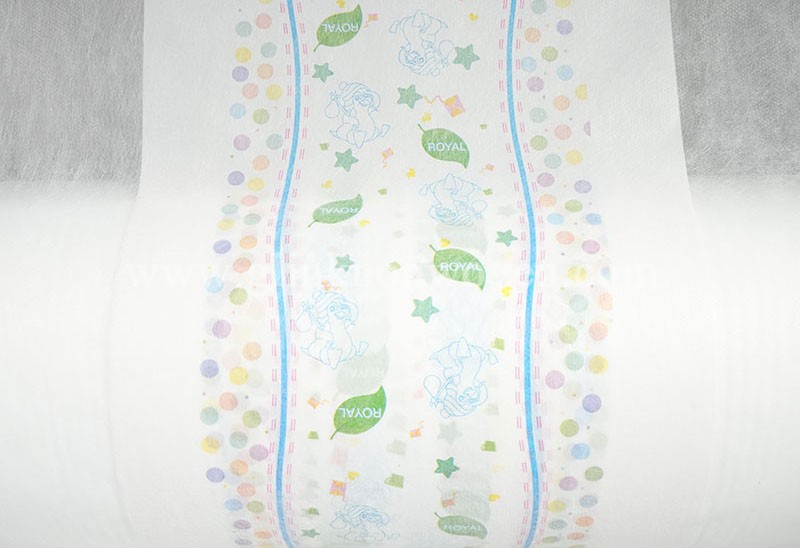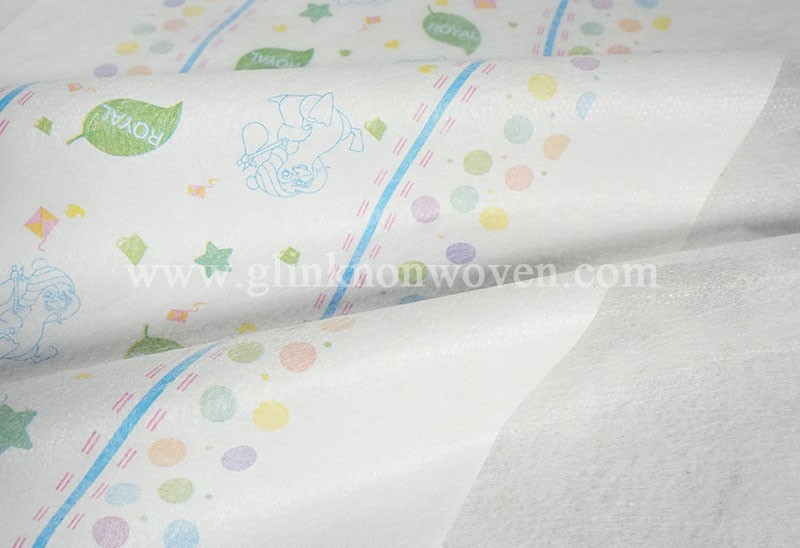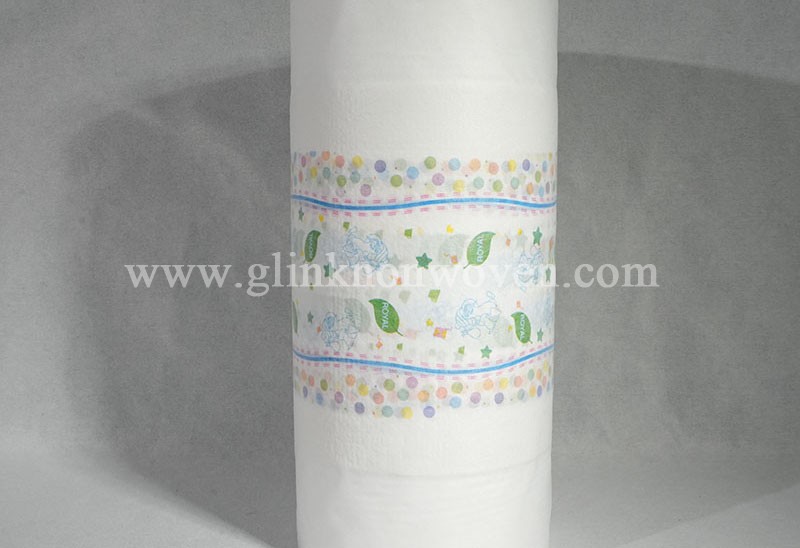Preparation:
Instruments: Prepare a 721 spectrophotometer (or other spectrophotometers that meet the requirements), an electronic balance, a stoppered conical flask, a magnetic stirrer, a thermometer, a volumetric flask, etc.
Reagents:
- Polyacrylamide (HPAM) powder, determine its molecular weight, degree of hydrolysis and other parameters.
- Sodium hypochlorite (NaClO) solution: Use analytical grade sodium hypochlorite and prepare a sodium hypochlorite solution with a weight concentration of 1.31% with distilled water.
- Acetic acid (CH₃COOH) solution: Use analytical grade glacial acetic acid and prepare an acetic acid aqueous solution with a concentration of 5mol/L with distilled water.
Sample dissolution:
- Use an electronic balance to accurately weigh a certain mass (such as 1g) of polyacrylamide sample.
- Add the weighed sample to a stoppered conical flask containing an appropriate amount of distilled water (such as 100ml).
- Place the conical flask on a magnetic stirrer, set a certain speed (such as 200 rpm) for stirring, and use a thermometer to monitor the solution temperature. Record the time from the start of stirring to the complete dissolution of polyacrylamide, and observe whether the solution has lumps, turbidity, etc. during the dissolution process.
Turbidity test:
- Use a pipette to transfer a certain amount (such as 5ml) of dissolved polyacrylamide solution to a new clean volumetric flask.
- Add a certain amount (such as 2ml) of acetic acid solution to the volumetric flask to make the solution acidic.
- Then add a certain amount (such as 2ml) of prepared sodium hypochlorite solution. At this time, polyacrylamide reacts chemically with sodium hypochlorite in the acidic solution to generate insoluble chloramine, making the solution turbid.
- After shaking quickly, place the volumetric flask in an environment with a set temperature (depending on the experimental requirements, generally 18-25℃) to react for a certain time (such as 25min).
- After the reaction is completed, the solution is transferred to a cuvette and placed in a spectrophotometer to measure its absorbance at a specific wavelength (such as 472nm). The absorbance value can indirectly reflect the turbidity of the solution.
Result recording and analysis:
Record the absorbance value obtained for each measurement. If multiple sets of parallel experiments are performed, calculate the average value and deviation.
According to the pre-drawn standard curve of the relationship between turbidity value and polyacrylamide concentration (under the optimal test conditions, use polyacrylamide solutions of different known concentrations according to the above steps, with absorbance as the ordinate and concentration as the abscissa), the measured absorbance value is used to determine the concentration of polyacrylamide in the sample or evaluate the dissolution turbidity. If the turbidity of the dissolved solution is abnormal, the cause needs to be analyzed, such as whether the dissolution is insufficient, resulting in undissolved particles affecting the turbidity, or the reaction conditions are not well controlled, etc.


